I think it’s safe to say we have all taken NSAIDs at some point in our life.
The acronym, NSAIDs, stands for Non-Steroidal Anti-Inflammatory Drugs. This class of drugs covers a wide variety of medications that almost all of us take at some point in life to manage pain, reduce fevers, or combat inflammation associated with injuries.
Some of the specific over-the-counter drugs that qualify as NSAIDs include aspirin, ibuprofen, and naproxen.
All of these drugs work by blocking one step in the immune process of inflammation, specifically stopping the formation of a class of pro-inflammatory chemicals called prostaglandins. Prostaglandins are an important part of the inflammatory response, promoting increased blood flow and pain sensitivity to sites where they are released. NSAIDs reduce inflammation by blocking an enzyme called cyclooxygenase (COX)*, which interrupts the formation of prostaglandins.
*acetaminophen (aka Tylenol) is technically NOT an NSAID, as it does not block the enzyme COX in the same manner as “proper” NSAIDs
NSAIDs and Exercise
Exercise induces inflammation by placing high stresses on the muscles and connective tissue. Post-exercise soreness, called delayed onset muscle soreness, is a typical experience in the days after heavy exercise, particularly exercises that involve a lot of muscle lengthening under tension (i.e. downhill running, landing from jumps, squatting down with heavy weights). Regular exercisers frequently look to NSAIDs to help reduce their sensations of soreness throughout heavy training weeks. Sometimes they even take NSAIDs before they exercise in an effort to prevent pain sensations (Drug Safety, 2021).
As many NSAIDs are over-the-counter drugs, and are generally considered safe and effective, few attribute any ill effects to their use. However, as with all drugs, NSAIDs do have side effects and one particular side effect of NSAID use can potentially threaten gut health in regular users. Particularly when NSAID use is coupled with heavy exercise.
NSAIDs and Endotoxemia
The lining of the intestines is a thin barrier – only one cell thick. This allows for the quick passage of nutrients from the intestines into the bloodstream, which is good. But, on the bad side, it means that only a single-cell thick barrier prevents bacteria that we should be excreting out of the body in stool from leaking into our bloodstream. The thin intestinal lining is maintained by prostaglandins, the same class of chemical that is involved in the inflammatory response described above.
The prostaglandins produced in the intestines are called “cytoprotective prostaglandins”, as they stabilize cell membranes and maintain a healthy gut barrier.
And here is the potential problem: NSAIDs block the enzyme COX, which prevents both inflammatory and cytoprotective prostaglandin formation, weakening the gut barrier. A consequence of a weaker gut barrier is endotoxemia, which is the infiltration of gut bacteria into the bloodstream. Heavy exercise and increased body temperature already put the gut barrier under stress, increasing the endotoxemia. Adding NSAIDs into the mix exacerbates the potential for endotoxemia markedly. The acute symptoms of endotoxemia present as cramping, diarrhea, and bloating. Chronic endotoxemia exacerbates systemic inflammation, which increases risks of multiple conditions including cardiovascular and metabolic diseases.
So what is the solution?
Exercise is good for you! NSAIDs can be a very good choice, too! But save NSAIDs for acute injuries or illnesses. Taking NSAIDs regularly, as if they were a dietary supplement, in order to reduce muscle soreness is probably not the best idea. If you are experiencing high levels of muscle soreness after your regular workouts, your best move is to modify your training and/or exercise technique as there is likely an underlying issue.
I speak from experience: I used to take NSAIDs regularly to cope with knee pain when I was a competitive weightlifter. Then, I got wiser and incorporated single leg work and hip flexibility drills to improve my mobility and enhance muscle balance around my knees. Voila! I ended up getting stronger, experiencing no pain, and not needing any NSAIDs.
Save NSAIDs for sicknesses or acute injury, and consult with your medical provider if you are experiencing chronic muscle pain.


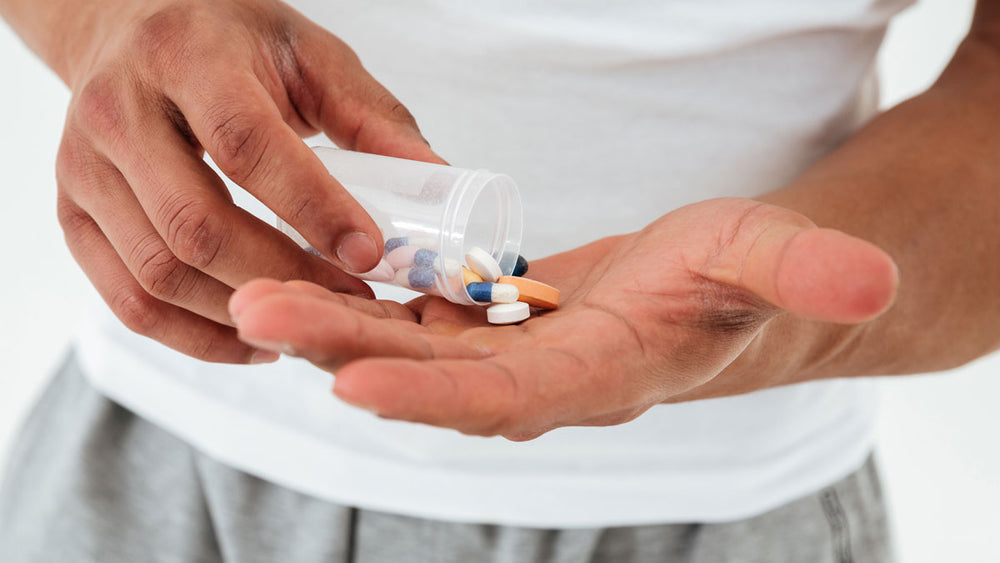





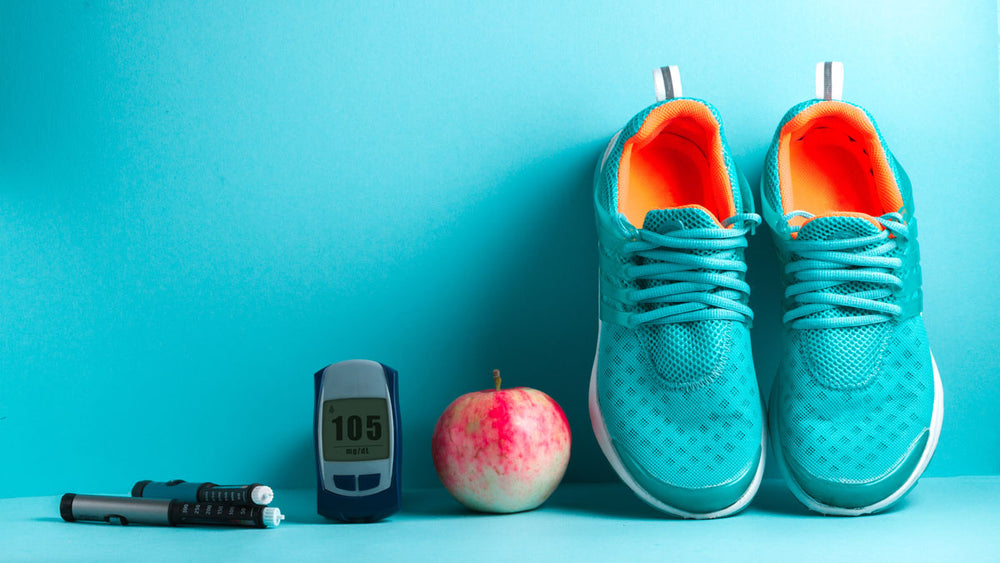

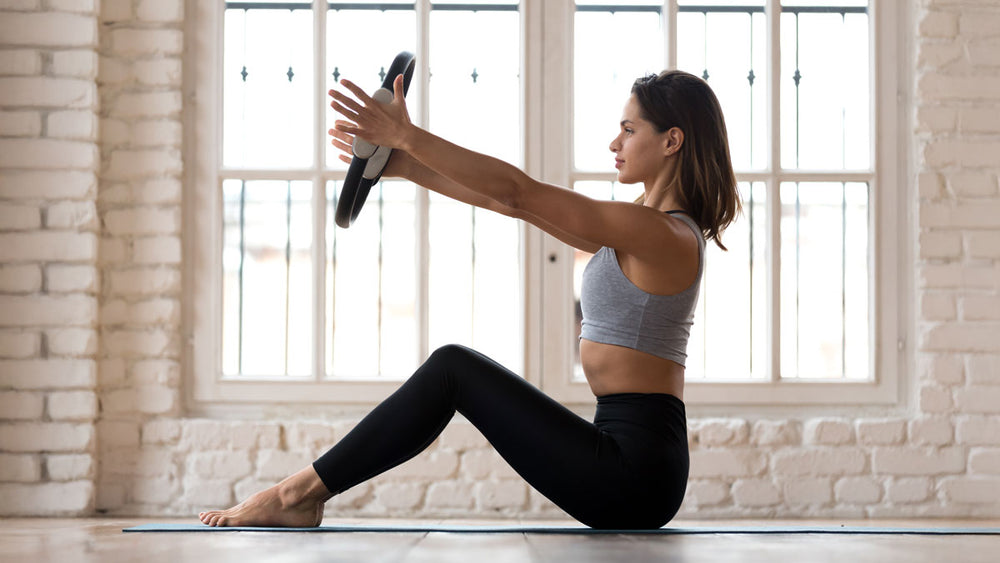


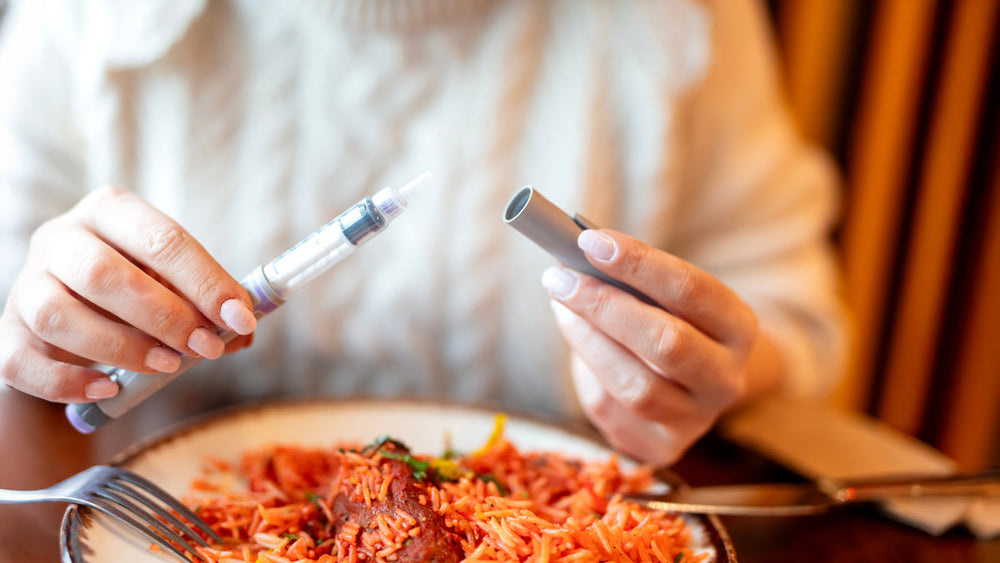

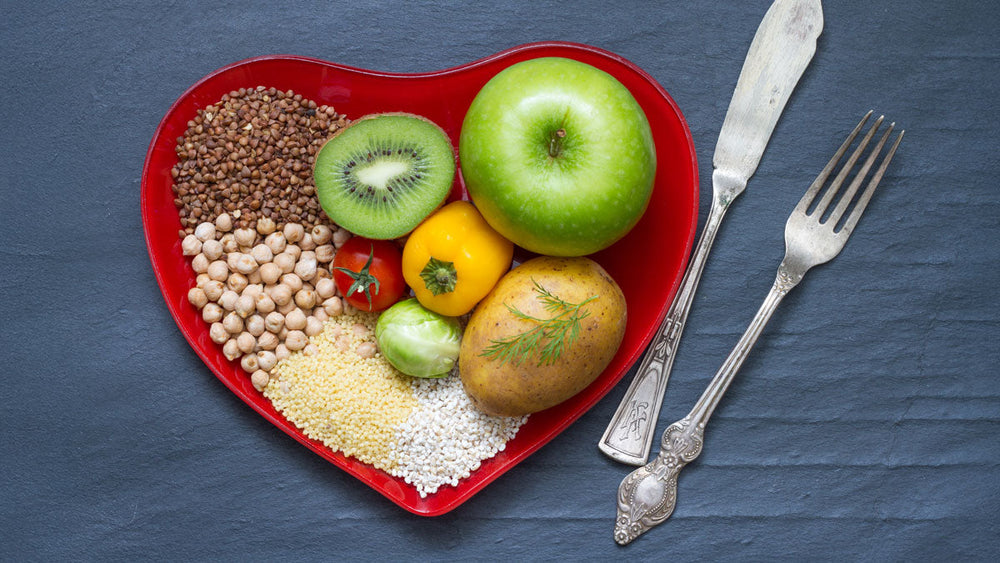



Comments
Join The Conversation...